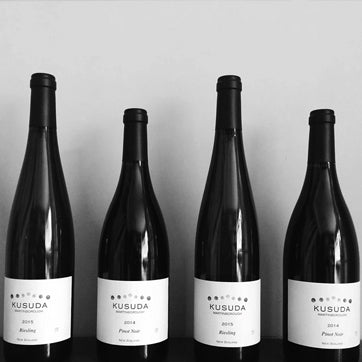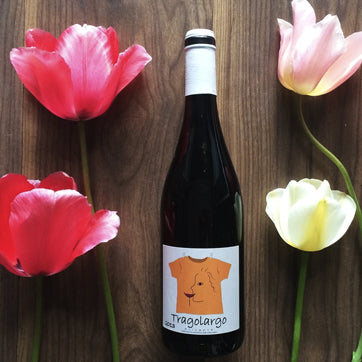A recent survey has revealed the 10 wine terms that customers are least likely to understand when deciding what wines to buy. Here we shine some light on the 10 silliest wine terms and try to make some sense of it all..

1. BOUQUET
Wines owe their bouquet to the post-fermentation (after the grapes turn into alcohol) and the maturing process in barrels, for example. The bouquet continues to develop in the wine bottle itself as the fruit acids and alcohol come in contact with air. A bouquet takes time very long time, we are talking years, to develop. So a good, mature wine will have a complex bouquet. Some examples of the common bouquet aromas found in wines are prune, mushroom, liquorice, leather, caramel or coffee. And if you ever come across the term used in relation to young immature wines, they might be of such exceptional vintage that they are already starting to show, quite prematurely, their bouquet.
2. NOSE
Nose is a commonly term used to describe how wine smells in the glass. Different wines and grape varieties will produce different aromas. Smelling a wine is an important step in the wine tasting process. In fact, most of our perception of taste comes through our sense of smell.
Our nose can pick up on thousands of different scents. So to get your nose really involved in wine tasting, swirl your wine in a glass to release the aromas and place your nose into the glass, taking several, quick sniffs, the aromas become apparent. And here are some common aromas you might recognize in your favourites:
Pinot Noir - spicy, violets
Riesling - citrus, cantaloupe, apples
Sauvignon Blanc - melons
3. TART
Sharp, acidic wines are called tart. They might have been made with unripe fruit and you can detect by mouth watering sensation.
4. QUAFFABLE
If an alcoholic drink is quaffable, it is easy and pleasant to drink, especially in quantity.
5. LEGS
Wine legs or "tears" are little droplets of wine on the inside of a wine glass. What's actually happening in your glass as you swirl the wine, coating the surface of the glass, the alcohol from the wine starts to evaporate and the leftover water-wine mix creates little droplets that fall back into the glass.
It's mistakingly understood that "legs" indicate quality wine. It's really just an indication of higher alcohol wines. Also sweeter wines with more viscous consistency will flow slower down the sides of the glass.

6. TERROIR
Terroir is one of those terms we hear so often yet it's so little understood - terroir is combination of climate (hot or cold), soils (sandy, clay, limestone etc.) and aspect (slope terrain or other flora growing in the area). Nowadays, the term is used to describe various wine regions - Bordeaux's Terroir or Napa's Terroir.
So how do all these different aspects effect wine? Climate is really straight forward - warm climates generate higher sugar levels (which produce higher alcohol wines), whereas cooler climate wine grapes generally have lower sugar levels and retain more acidity.
Whilst soil types can be counted in their hundreds - there are about 5-6 main soil types that most vineyard soils can be sorted into that affect the flavour of wine.
Terroir has become a key focus for quality vineyards around the world - there's elevation, geological features (mountains, valleys and being located far inland) and other flora (plants, microbes and trees) that all effect how a wine from particular region tastes.

7. UNCTUOUS
Unctuous wines are rich and lush in texture with soft, velvety tannins that are caressing and deep. They have a rich mouth feel. However, it is possible to hear the term used in the opposite way, when you have too much of the good thing - sometimes unctuous wine can be perceived as heavy, or even oily.
8. HERBACEOUS
Savoury or earthy wines can sometimes be referred to as "herbaceous". These wines can still be loaded with fruit flavours, however they are most likely going to be in the tart/sour/bitter spectrum. Next time you mow the lawn or trim your hedge, take a good sniff of the cuttings, the smell you will pick up is usually described as "herbaceous". Commonly found in red wines like Cabernet Franc or Merlot.
9.HOLLOW
Hollow wines are missing the middle between the first sensation of flavour and the finish. Also known as shallow they generally lack depth, concentration and sense of fruit.
10. VEGETAL
While "vegetal" as a wine characteristic can sometimes be undesirable, a subtle vegetable garden smell is pleasant and adds complexity to wine flavour reminiscent of vegetation as opposed to fruit or floral notes.
Now it's your turn to tell us a wine term you're are least likely to use..


